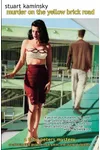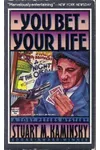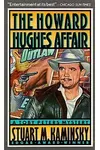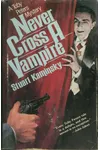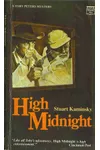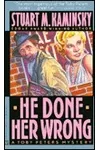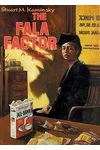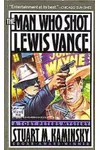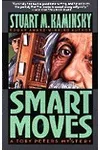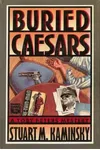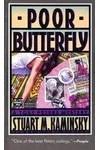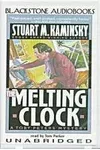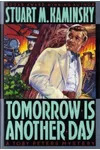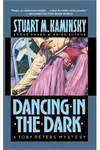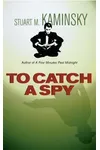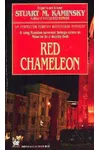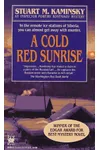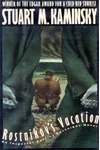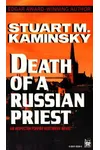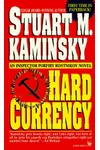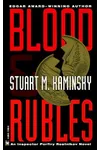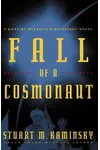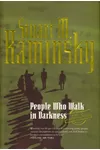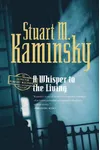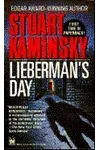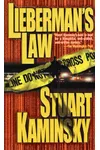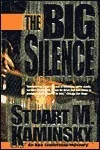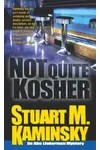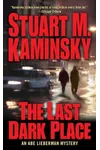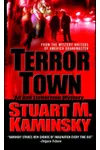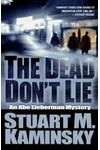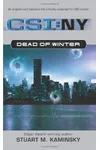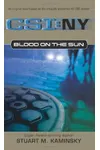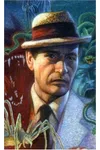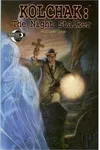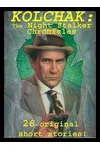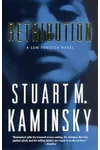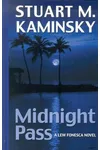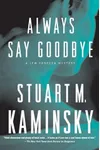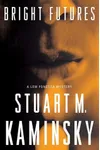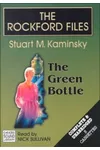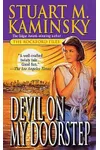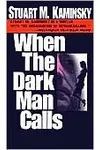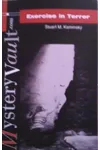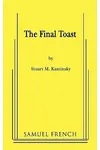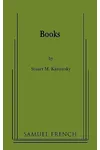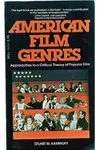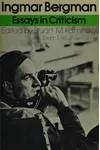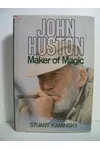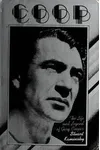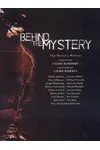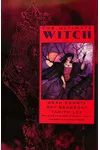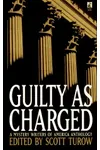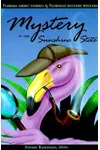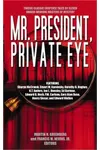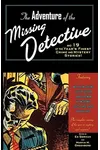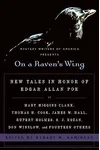Picture a Chicago-born wordsmith who spun gritty detective tales across Hollywood, Moscow, and Sarasota—meet Stuart M. Kaminsky! This American mystery maestro crafted over sixty novels, earning the 1989 Edgar Award and the Mystery Writers of America’s Grand Master Award. With a knack for vivid characters and snappy dialogue, Kaminsky’s crime fiction and screenwriting left an indelible mark on the genre.
From humble beginnings to Hollywood screenplays, Kaminsky’s journey is as thrilling as his stories. Let’s dive into the life of this prolific author who made detectives like Toby Peters and Porfiry Rostnikov household names for mystery fans.
The Making of Stuart M. Kaminsky
Born on September 29, 1934, in Chicago’s West Side, Stuart M. Kaminsky grew up steeped in pulp fiction and classic cinema, thanks to his father’s love for mystery magazines. After serving as an Army medic in France during the 1950s, where he contracted hepatitis C, he pursued academia, earning a bachelor’s in journalism and a master’s in English from the University of Illinois, followed by a PhD in film studies from Northwestern University. His scholarly roots in film criticism and biographies of icons like Clint Eastwood shaped his storytelling. In 1977, when a planned Charlton Heston biography fell through, Kaminsky pivoted to fiction, penning his first novel, Bullet for a Star, launching a legendary career.
Stuart M. Kaminsky’s Unforgettable Stories
Kaminsky’s four detective series are the heart of his legacy, each set in a distinct locale and era. The Toby Peters series (1977–2004), set in 1940s Hollywood, follows a wisecracking private eye working for stars like Errol Flynn and Salvador Dalí. With twenty-four novels, including Murder on the Yellow Brick Road, these tales blend nostalgia and humor. The Porfiry Rostnikov series (1981–2010), starting with Death of a Dissident, features a philosophical Moscow inspector navigating Soviet corruption. A Cold Red Sunrise won the 1989 Edgar Award for its gripping plot and authentic Russian backdrop.
The Abe Lieberman series (1990–2007) showcases a wise Chicago cop tackling crime with his partner, Bill Hanrahan, in novels like Lieberman’s Folly. Meanwhile, the Lew Fonesca series (1999–2009), set in Sarasota, Florida, follows a melancholic process server solving personal cases, as seen in Vengeance. Kaminsky’s prose, praised for its ease and sharp dialogue, channels the pulp tradition while grounding stories in rich historical and cultural detail. His screenwriting, including dialogue for Sergio Leone’s Once Upon a Time in America, added cinematic flair to his versatile portfolio.
Beyond series, Kaminsky wrote non-fiction, like Behind the Mystery: Top Mystery Writers Interviewed (2005), which earned multiple award nominations, and novelizations for The Rockford Files and CSI: New York. His ability to juggle multiple genres and formats made him a standout in crime fiction.
Why Stuart M. Kaminsky Matters
Kaminsky’s influence extends beyond his prolific output. His mentorship inspired authors like Sara Paretsky, who dedicated her first V.I. Warshawski novel to him after attending his Northwestern class. As a former president of the Mystery Writers of America, he championed new writers through workshops and his Sarasota writers’ group, the Liars Club. His Grand Master Award in 2006 cemented his status among giants like Raymond Chandler. Kaminsky’s vivid settings and humanized detectives brought depth to the genre, making his work timeless.
Despite his passing in 2009 from hepatitis complications, Kaminsky’s stories continue to captivate, offering a window into diverse worlds through the lens of justice and humanity.
About Stuart M. Kaminsky
- Born: September 29, 1934, Chicago, Illinois
- Key Works: Bullet for a Star, A Cold Red Sunrise, Lieberman’s Folly, Vengeance
- Awards: 1989 Edgar Award, 2006 Grand Master Award
- Died: October 9, 2009, St. Louis, Missouri
Snag A Cold Red Sunrise and dive into Stuart M. Kaminsky’s thrilling crime fiction today!

